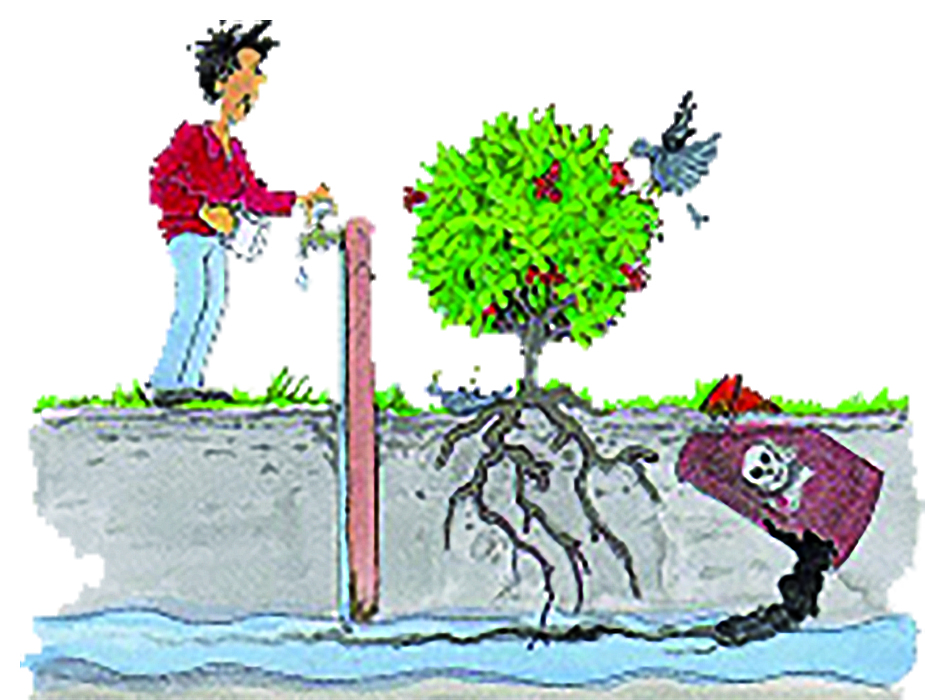Case Study | Bioremediation
Bioremediation is a process used to treat contaminated media, including water, soil and subsurface material, by altering environmental conditions to stimulate growth of microorganisms and degrade the target pollutants. In many cases, bioremediation is less expensive and more sustainable than other remediation alternatives. Biological treatment is a similar approach used to treat wastes including wastewater, industrial waste and solid waste.
Most bioremediation processes involves oxidation-reduction reactions where either an electron acceptor (commonly oxygen) is added to stimulate oxidation of a reduced pollutant (e.g. hydrocarbons) or an electron donor (commonly an organic substrate) is added to reduce oxidized pollutants (nitrate, perchlorate, oxidized metals, chlorinated solvents, explosives and propellants). In both these approaches, additional nutrients, vitamins, minerals, and pH buffers may be added to optimize conditions for the microorganisms.

In some cases, specialized microbial cultures are added (bioaugmentation) to further enhance biodegradation.
Some examples of bioremediation related technologies are phytoremediation, mycoremediation, bioventing, bioleaching, landfarming, bioreactor, composting, bioaugmentation, rhizofiltration, and biostimulation.
Case study
White Paper: Aquifer pH buffering during Enhanced Reductive Dechlorination
This White Paper explains the effects of groundwater pH on microbial activity rates and how buffering can help during Enhanced Reductive (ERD) Dechlorination remediation projects.
Case study Sulfate-Enhanced Bioremediation
This case study describes using sulfate-enhanced bioremediation to stimulate anaerobic degradation of hydrocarbons in groundwater under sulfate-limiting conditions.
Case study Permeable Reactive Barrier to Treat Trichloroethene Plume
This case study demonstrates the effective use of permeable reactive barrier (PRB) technology with EOS® emulsified oil substrate injections to cut off TCE migration for enhanced bioremediation.
Case study Using CoBuphMg™ to Adjust Aquifer pH
This case study demonstrates how adding CoBupHMg™, a colloidal buffer, can control and adjust aquifer pH for enhanced bioremediation.
Case study Biofarming Remediation of Diesel Fuel Contaminated Soil
This case study describes the ex-situ biofarming of soil contaminated with Number 2 diesel fuel from leaking underground tank.
Case study Giving Bioremediation a Chance at a Challenging Site
Despite its effectiveness and low cost to treat chlorinated compounds, enhanced reductive dechlorination is often overlooked as a remediation alternative when unfavourable biological conditions such as low pH and non-detectable microbial activity exist. However, even these sites can be treated successfully and affordably through careful planning using the right amendments. This case study describes how EOS products can be used to clean up a site considered as not suitable for bioremediation.